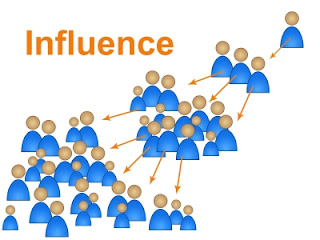On Smart Query Routing: For Distributed Graph Querying with Decoupled Storage

On Smart Query Routing: For Distributed Graph Querying with Decoupled Storage A summary of the USENIX ATC 2018 research paper by Arijit Khan, Gustavo Segovia, and Donald Kossmann Background: Distributed Graph Querying & Graph Partitioning Graphs with millions of nodes and billions of edges are ubiquitous to represent highly interconnected structures including the World Wide Web, social networks, knowledge graphs, genome and scientific databases, medical and government records. To support online search and query services (possibly from many clients) with low latency and high throughput, data centers and cloud operators consider scale-out solutions, in which the graph and its data are partitioned horizontally across cheap commodity servers. We assume that the graph topology and the data associated with nodes and edges are co-located, since they are often accessed together. Keeping with the modern d...
